Personnel safety should be every organization’s number one priority. People and buildings need protection from hazards like fire, carbon monoxide, external threats, and more. Commercial fire alarm systems solve this problem by quickly detecting danger and notifying everyone that’s potentially involved. To help you find a fire alarm system that’s quick, reliable, and that can handle your safety needs, we created a list of the top five available.
The Top 5 Best Commercial Fire Alarm Systems
- Siemens Desigo Mass Notification – Best for Emergency and Event Response
- Honeywell HS-81 – Best for Industrial Fires and Gas Leaks
- Kidde VM Series – Best for Customizing Your Alarm Systems
- Bosch Fire Alarm Systems – Best for Advanced Detection Methods
- Kidde FX Series – Best for Small Buildings
To help you determine how to keep your people safe, we thoroughly reviewed each of these five products below.
#1 – Siemens Desigo Mass Notification — Best For Emergency and Event Response
- Alerts for fires, weather, active shooters, and more
- Several unique warning methods
- Targeted alerts for different individuals
- Connects multiple buildings

While this post is focused primarily on fire alarm systems, we’d be doing you a disservice if we didn’t mention the Siemens Desigo Mass Notification system. The system can connect multiple buildings, and it provides fire and life safety, building automation, enterprise communications, and security.
It helps with routine and emergency situations, and it can send customized information depending on the individual, group, building, or target zone. This comprehensive system meets NFPA 3000 active shooter and event response standards. It can alert people of things like tornado warnings, fires, active shooters, bomb threats, seek shelter warnings, and evacuation orders.
If a panic button is pressed, security guards are alerted immediately. The guards can then pull up the entire campus, individual building, and floor plan to see exactly where the alert was triggered and activate a nearby camera. Security guards can also manually log alerts like gas leaks and fires while patrolling the property.
From the main system, security can enter details and send desktop alerts to everyone affected, update digital signs with a warning message, and initiate a pre-recorded message. Desigo has these features because studies show people are more likely to take alerts seriously when they come from multiple sources simultaneously. Separate alerts can also be sent to first responders and civilians.
People can be alerted through desktops, tablets, cell phones, ADA compliant devices, internet messaging services, visual signage, landlines, and social media. Desigo security features include central monitoring, access control, video surveillance, and panic buttons. Its fire system can integrate with most existing panels, and its warnings include strobe lights, sirens, horns, and voice alerts.
On a lighter note, the system can send text alerts regarding things like power outages, parking updates, routine communications, and even birthday parties. The system also helps with third-party weather services, predictive building maintenance, room control, elevator control, lighting control, and comfort control.
To receive more information on pricing, fill out the form on the Siemens website, and a representative will contact you.
#2 – Honeywell HS-81 — Best For Industrial Fires and Gas Leaks
- Specializes in industrial flame, gas, and smoke detection
- Panels created to fit in tight spaces
- Hardware designed to withstand harsh industrial conditions
- Works with peripheral devices
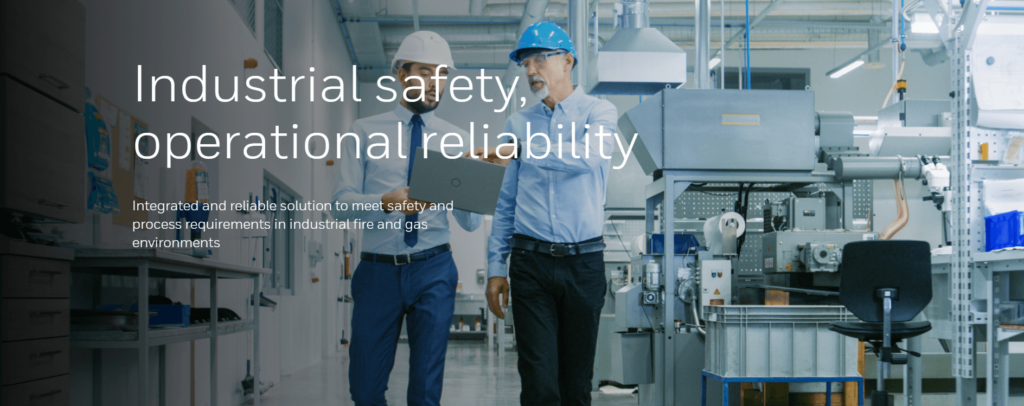
Honeywell’s HS-81 product specializes in industrial flame, gas, and smoke detection at personnel stations and process areas. The system accurately detects fires, immediately notifies personnel, and automatically starts extinguishing. It can use multiple protocols to connect with peripheral devices and process safety systems.
The system comes with building management system controls and panels for smoke detection, extinguishing and suppression, human-machine interface (HMI), and flame and gas detection. Its software comes with systems management, remote control, and graphic maps. Its hardware is designed to withstand harsh marine and industrial conditions, and its panels can fit in small spaces.
Its fire extinguishing system comes with diagnostics, monitoring, and dedicated commands for each solenoid. For flame and gas monitoring, Honeywell provides remote reporting, programmable thresholds, SIL2 sensors, and a front panel bar graph. Its smoke detection features include fault monitoring, alarm and pre-alarm verification, and addressable analog detection.
For more information, you can fill out a questionnaire on Honeywell’s website addressing your security needs.
#3 – Kidde VM Series — Best For Customizing Your Alarm Systems
- Voltage Boost technology saves costs
- One system includes up to 24 panels
- VM Series can integrate with existing wires
- Fiber optic communications
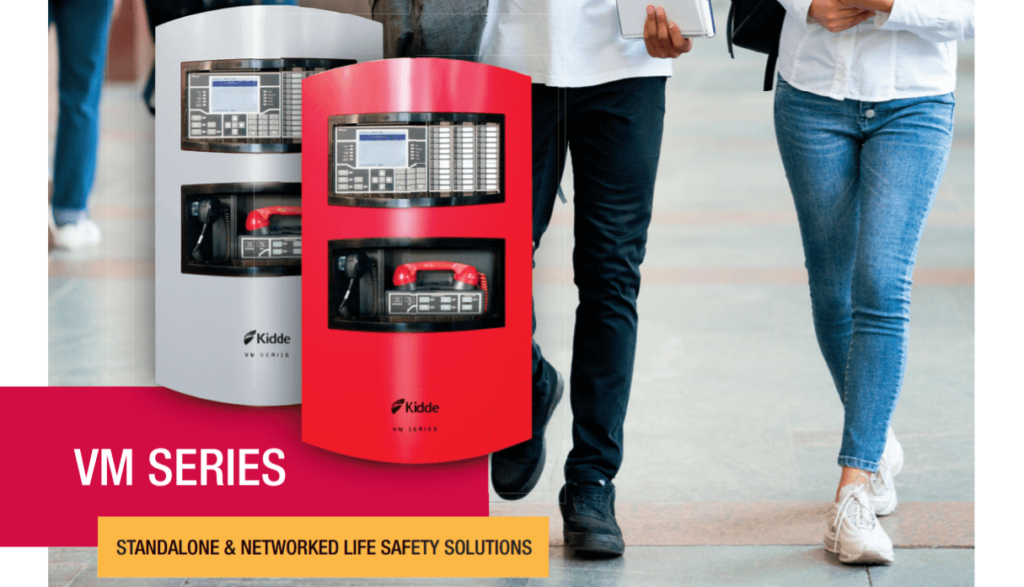
The VM Series is a versatile solution perfect for midsize and large buildings. Kidde is a global leader in the fire safety industry. It not only builds fire alarm systems but also collaborates with engineers and educates customers and professionals. Its VM series is a helpful solution that comes with intuitive interfaces, mandatory features, and multi-message displays.
The VM Series is known for its versatility. It comes with several communications and audio capabilities, and it can extend networking with its large selection of option cards. Users can fine-tune and customize their systems using VM’s detailed control panels.
If a user needs to replace an existing control panel, it can be retrofitted by using the existing wiring to connect with a new Kidde VM device. A VM system can include up to 24 panels to cover zones with multiple buildings. It comes with fiber-optic communications and RS485 connectivity to deliver sophisticated diagnostics and quick response times.
The system includes four on-board Notification Appliance Circuits which are up-to-date with UL 1971 standards, and it includes a 10-amp power supply. VM customers can use cost-efficient lighter-gauge cables. This is made possible by Kidde’s Voltage Boost technology, which can continually send 22.5 volts.
Its control panel can integrate with up to three front panel switches that are fully programmable. Its Optica detectors sense carbon monoxide and smoke, and the system is compatible with new or existing Kidde Genesis notification devices. The system allows two minutes of programmable message storage and three digital audio channels. Its control panels support LED annunciators and R-Series LCD.
For support questions and specific pricing information, you’ll need to contact Kidde directly. You can purchase the VM series from one of Kidde’s U.S. distributors, and you can search for the nearest one through its website.
#4 – Bosch Fire Alarm Systems — Best For Advanced Detection Methods
- Video surveillance for precise detection
- ISP technology minimizes false alarms
- Easy and affordable installation
- Smart Safety Link connects fire and voice systems
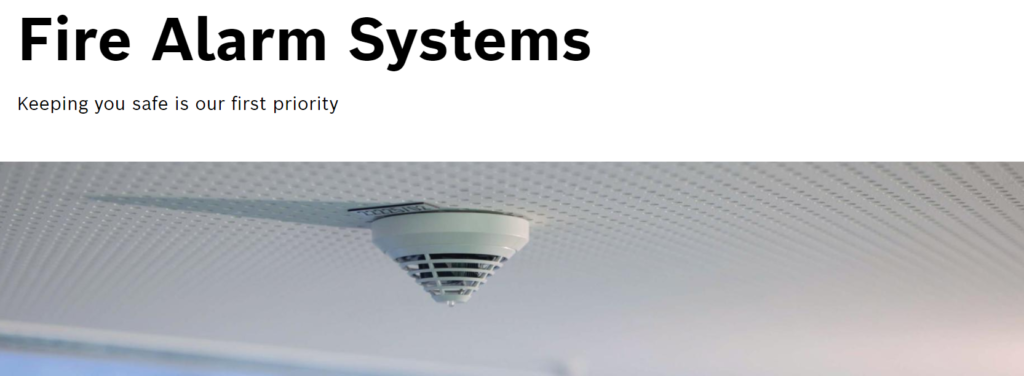
If you want a fire alarm system that incorporates modern detection technology, Bosch’s Fire Alarm Systems are for you. Bosch has been creating fire alarm systems for more than 80 years, and it has continually refined its products with the most up-to-date technology.
With features like Intelligence Signal Processing (ISP), Dual-Ray Technology, and video detection, users can pinpoint exactly where fires originate and quickly determine if there is a false alarm.
Bosch’s AVIOTEC video-detection system uses intelligent algorithms and integrated software to scan areas for possible fires. It spots fires by automatically identifying things like illuminance rate, color, shape, and flickering, and it detects smoke by measuring the upward movement of transparent objects at a constant speed. In seconds, it determines if there is a real emergency or a false alarm.
If an alarm is triggered, Bosch pinpoints exactly where a fire originates from. Its IP Starlight 8000 cameras are easy to install and set up costs are minimal. To minimize false alarms, users can customize fire verification time and fire size. The cameras work in airports, areas with high ceilings, humid and dusty buildings, and highly flammable locations.
The video system can be used to support areas with traditional fire alarm systems or in areas where traditional systems can’t be installed. It’s perfect for areas like sawmills and factories, where fires need to be detected extra fast.
Before installation, users receive training and create an individual resource plan for the building using Bosch’s planning tool. This is used to identify factors like ceiling height, volume of highly flammable materials, lighting conditions, and possible false alarm triggers.
The system is then installed in strategic locations and connected to the network. Users simply need to focus the camera lens and point it in the right direction. Once the cameras are connected, users will customize verification time and fire size settings. After this step, the cameras are connected to the management system and users can view camera footage.
False alarms can also be negated with Bosch’s AVENAR 4000 detector. False alarms are expensive, result in operational downtime, and can desensitize workers to real emergencies. A common trigger for false alarms is electromagnetic interference, which comes from things like energy-efficient lamps, fluorescent tubes, Wi-Fi signals, and electric motors.
The AVENAR 4000 uses Intelligence Signal Processing to analyze signals sent from the CO sensor, heat sensor, and smoke sensor to prevent false alarms. It uses an infrared sensor and a blue LED sensor to measure smoke particle size and density, resulting in faster detection. These help determine the difference between actual fires and cigarette smoke, for example.
The advanced system also collects and analyzes data from nearby electromagnetic sources. This allows technicians to create a comprehensive cause analysis before installation. To prevent false alarms, the technician can install the detector away from the electromagnetic source or move the source away from the installation spot.
It can also detect new electromagnetic data after installation and send it to a control panel for further analysis. This system is perfect for areas like computer facilities, factories, airports, power plants, hotels, schools, offices, and hospitals.
Bosch’s Smart Safety Link helps system integrators connect complex fire detection systems and voice evacuation systems. By connecting just one cord, both systems are instantly integrated into one.
When an alarm is set off, voice evacuation ensures everyone leaves the burning floor first. Then, people from both adjacent floors are evacuated, followed by the upper then lower floors. This ensures escape routes aren’t jammed with people and evacuations run smoothly. The Smart Safety Link can also grow if a building needs added detectors and alarms.
Bosch’s impressive fire alarm systems feature different devices depending on each user’s needs. To find more information, reach out to Bosch for a quote.
#5 – Kidde FX Series — Best For Small Buildings
- Supports LED strobes, horns, and speakers
- Low-profile designs
- Low current draw and requires fewer batteries
- Explosion-proof detectors for hazardous locations
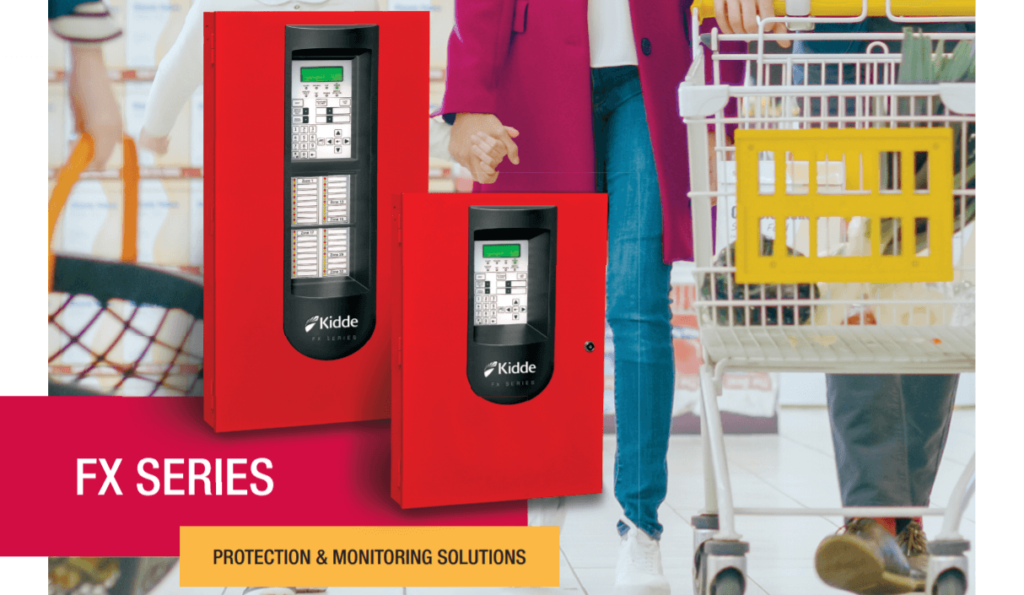
Kidde’s FX Series is the best fire alarm system for small buildings. The system can fit most existing wires during retrofits, integrates multiple detectors, and identifies where problems occur with accurate ground fault protection. The FX Series design and front panel operations are simple, maintenance and servicing are streamlined, and installation is fast.
To warn those in danger, the system supports LED strobes, horns, and speakers. These can be mounted on walls or ceilings, and strobes are available in red, blue, green, and amber lenses. It can integrate with intelligent CO detectors, rotary detectors, duct smoke detectors, and manual one-stage or two-stage fire alarm triggers. It can also use explosion-proof smoke detectors for hazardous locations.
The system is available in 7.5 amps to decrease equipment costs, and it has automatic drift compensation to lengthen detector life. FX customers have the option to use USB connectivity for local printing and programming, and can use ethernet ports for central monitoring and remote diagnostics. It also comes with cybersecurity to counter external threats.
The system’s hardware requires fewer batteries, less backup power, has low current draw, and has low-profile designs. For pricing details or to locate a distributor near you, visit Kidde’s website for more information.
How to Find The Best Commercial Fire Alarm System For You
During your search, consider the following critical factors that make up a great commercial fire alarm system. Aspects like detection speed, false alarm reduction, warning methods, hazard type, and coverage capacity all play an important role in choosing the right system.
Detection Speed
Small fires can become enormous in less than two minutes. Therefore, detection speed is a critical factor to consider when choosing a commercial fire alarm system. This is especially important in hazardous areas like factories and warehouses.
Look for a system that can accurately detect fire, smoke, or gas leaks in a matter of seconds. It can also be helpful to find one that pinpoints exactly where hazards begin, allowing you to quickly take corrective action.
False Alarm Reduction
False alarms are expensive, waste time, and can cause people to take real emergencies less seriously. Therefore, you should look for a system that minimizes this issue by accurately identifying routine interferences versus real emergencies. Systems with more advanced technology do a better job of this, so go with a modern system if false alarms have been an issue in the past.
Warning Methods
Studies have shown that people take warnings more seriously if they receive them in multiple ways simultaneously. A good tip for this is to choose a system that alerts multiple human senses. These can include alarms for audio alerts and strobe lights for visual alerts.
Some systems can even send text, email, and other visual notifications. While these aren’t necessary for every situation, they can certainly help persuade people to evacuate immediately.
Hazard Types Covered
While every system on our list alerts people of fire danger, it may be worth looking into other hazard detection types depending on your situation. These can include smoke, carbon monoxide, and gas leak protection. For a more comprehensive solution, pick a mass notification system that also alerts people of active shooters, dangerous weather, and bomb threats.
Coverage Capacity
Some commercial fire alarm systems are meant for small buildings only, while others have the capacity to protect multiple large buildings. Make sure to factor this in when choosing a system for your organization.
For example, if you intend to protect a large campus, choose a system that can cover multiple buildings. This allows you to save money and connect multiple locations instead of purchasing separate systems for each one.
Summary
To review, multi-building locations needing mass emergency and event response should go with Siemens Desigo Mass Notification system. For the most advanced technology and detection methods, Bosch’s fire alarm systems are the best available.
Those looking to protect against industrial fires and gas leaks should consider Honeywell HS-81. Kidde’s VM and FX Series are the best for versatility and protecting small buildings respectively.
During your search, make sure to factor in the criteria mentioned in the section above. These include detection speed, false alarm reduction, warning methods, hazard type, and coverage capacity.
from Quick Sprout https://ift.tt/3e1xR8h
via IFTTT


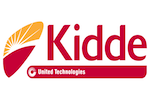

No comments:
Post a Comment